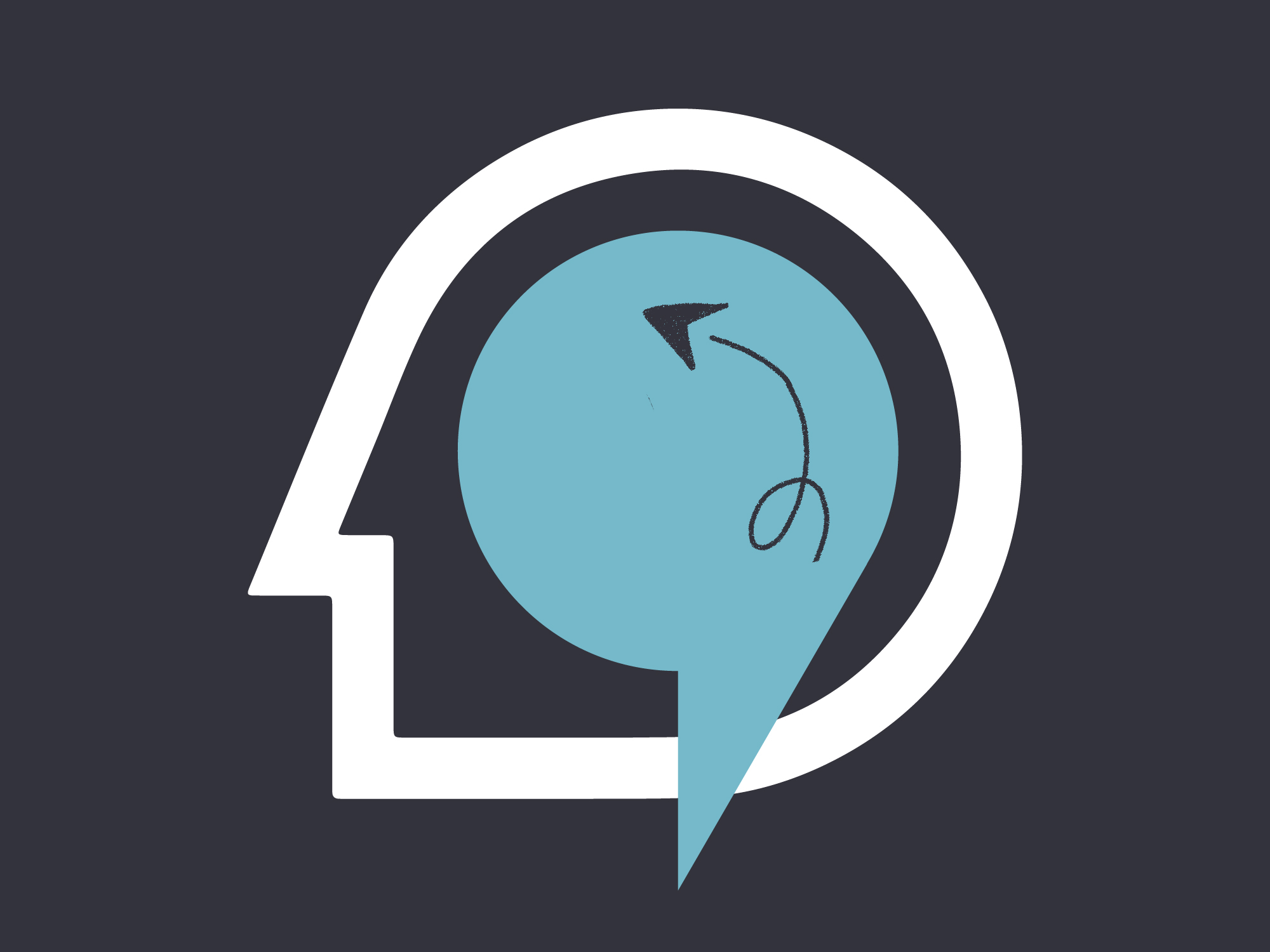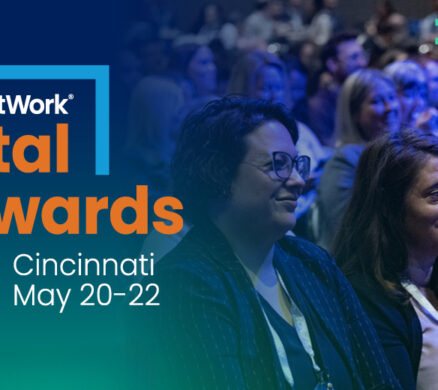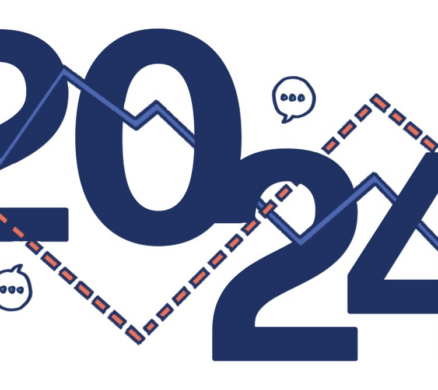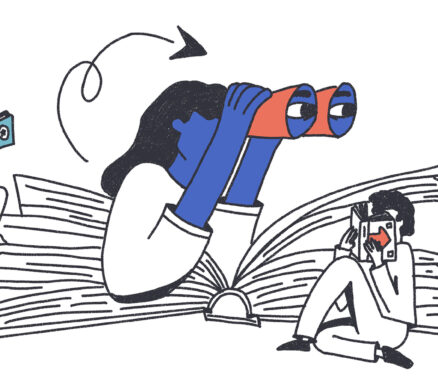
It’s no secret that employees are facing unprecedented levels of stress and anxiety.
Our recent pulse survey on LinkedIn revealed that 76% of respondents believe that employees in their organization are experiencing increased levels of mental health challenges—whether that’s personally or someone in their family.
The good news? 82% of respondents believe their organization prioritizes employee mental health and well-being.
The not-so-great news? There seems to be a significant communication gap when it comes to talking about the resources available to support employees’ mental health needs. Only 49% of respondents agree that employees in their organization understand the benefits and resources they offer for mental health support. And just 52% say their organization regularly communicates about these resources.
Providing mental health support is not just a nice-to-have benefit. It’s an essential aspect of creating a healthy and productive workforce. When employees feel supported and valued, they are more likely to be engaged and motivated in their work. On the other hand, when mental health issues go unaddressed, they can lead to higher absenteeism, decreased productivity, and greater turnover rates. And all that impacts your bottom line—quickly.
So, what can HR and benefits professionals do to better support employees mental health needs? We have three tips to get you started:
Tip #1: Demystify your EAP by using relatable language—and avoiding clinical terms.
- Explain how your Employee Assistance Program (EAP) works and what employees can expect if they use it.
- Emphasize that not everyone who is struggling has a diagnosable disorder or needs medicine or therapy.
- And, of course, reinforce that it’s confidential—just like a doctor’s visit—and no one at your company will ever know that they’re using the service.
Promoting your EAP as easy-to use and accessible should be a consistent, key message to your year-round benefit communications.
Tip #2: Create a mental health awareness campaign.
Every person has some emotional or mental health challenges at some point in their life, so let’s talk about it more openly and encourage people to seek extra support when they need it. A mental wellness awareness campaign is a great way to make it part of your company conversation. A campaign helps normalize mental health challenges and break the stigma around it. Even more, a campaign also becomes a conduit for general awareness and education.
Tip #3: Build a culture of support.
Top leadership can say that mental health matters, but it won’t really make an impact if employees don’t experience that same type of commitment from their frontline managers. Get more ideas on how to prioritize mental health in the workplace.
Getting Started: Breaking the Stigma
For a real cultural shift, it’s vital to foster open conversations about mental health in the workplace. Get started with our Mental Health Communications toolkit!





